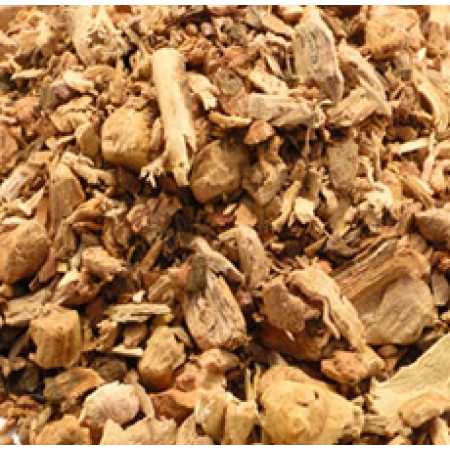JERSEY TEA
Product Name: JERSEY TEA
Botanic Name: Caenothus Americana
The genus is confined to North America, the center of its distribution in California, with some species (e.g. C. americanus) in the eastern United States and southeast Canada, and others (e.g. C. coeruleus) extending as far south as Guatemala. Most are shrubs 0.53 m tall, but C. arboreus and C. thyrsiflorus, both from California, can be small trees up to 67 m tall. Ceanothus velutinus was known as "red root" by many Native American tribes due to the color of the inner root bark, and was used as a medicine for treating lymphatic disorders, ovarian cysts, fibroid tumors, and tonsillitis. Clinical studies of the alkaloid compounds in Ceanothus velutinus has verified its effectiveness in treating high blood pressure and lymphatic blockages. Native Americans used the dried leaves of this plant as a herbal tea, and early pioneers used the plant as a substitute for black tea. Miwok Indians of California made baskets from Ceanothus branches. C. integerrimus has been used by North American tribes to ease childbirth. Ceanothus velutinus has been demonstrated to be very effective in relieving inflammation and irritation from infections of the mouth and throat.
Ceanothus velutinus was known as "red root" by many Native American tribes due to the color of the inner root bark, and was used as a medicine for treating lymphatic disorders, ovarian cysts, fibroid tumors, and tonsillitis. Clinical studies of the alkaloid compounds in Ceanothus velutinus has verified its effectiveness in treating high blood pressure and lymphatic blockages. Native Americans used the dried leaves of this plant as a herbal tea, and early pioneers used the plant as a substitute for black tea. Miwok Indians of California made baskets from Ceanothus branches. C. integerrimus has been used by North American tribes to ease childbirth. Ceanothus velutinus has been demonstrated to be very effective in relieving inflammation and irritation from infections of the mouth and throat.









